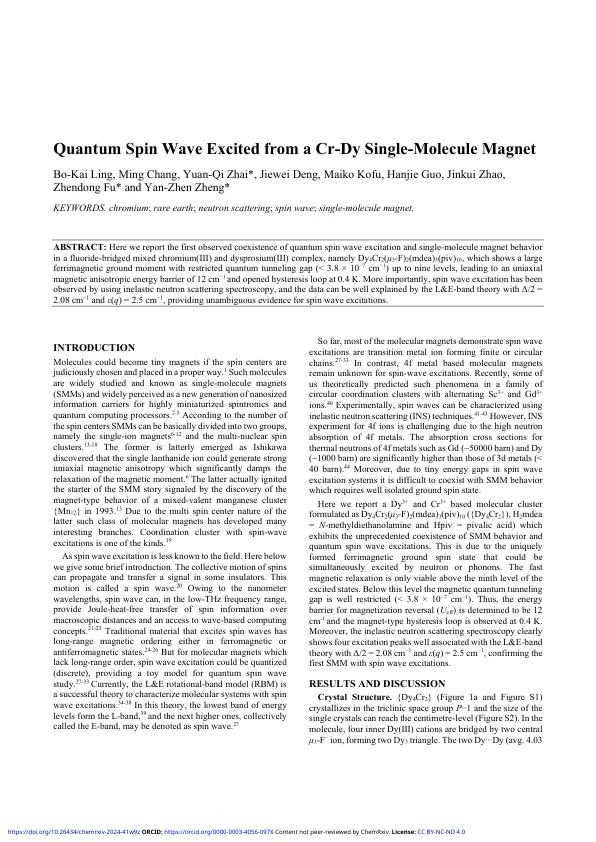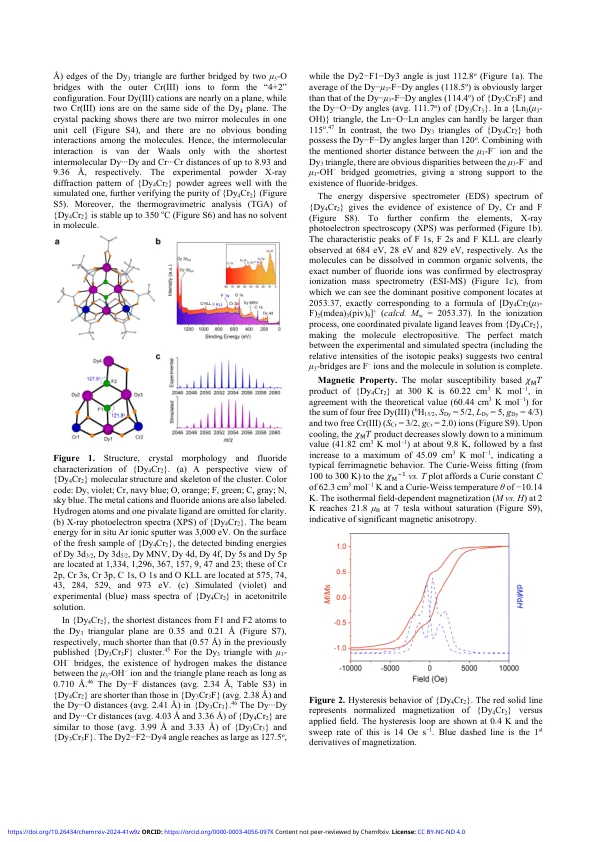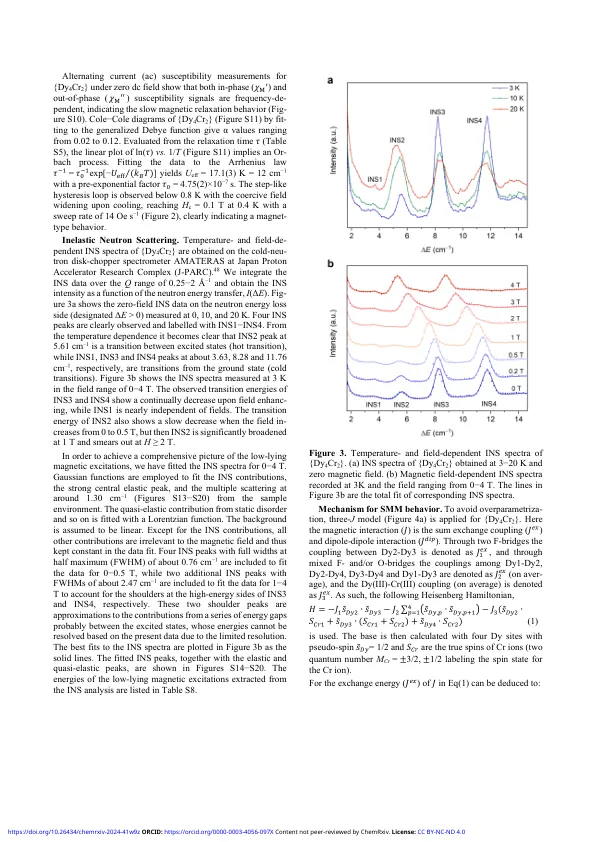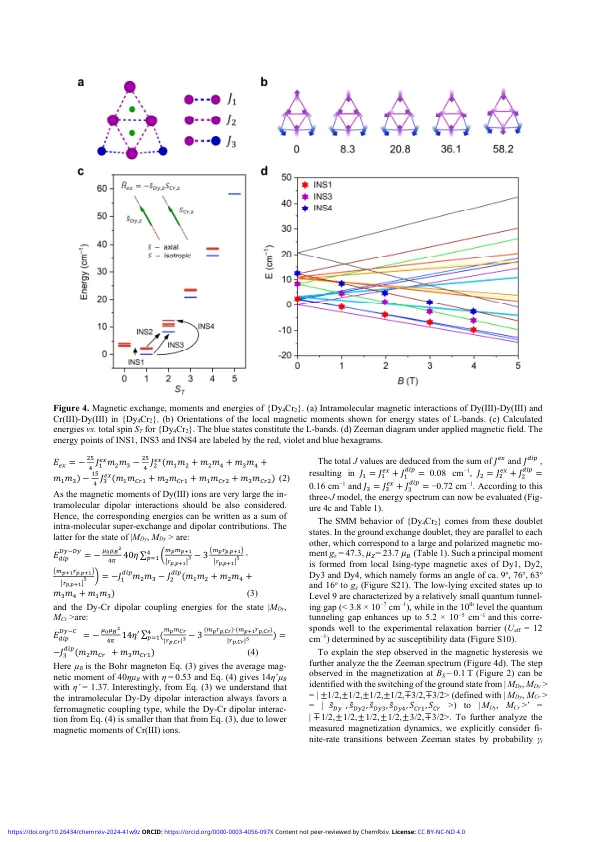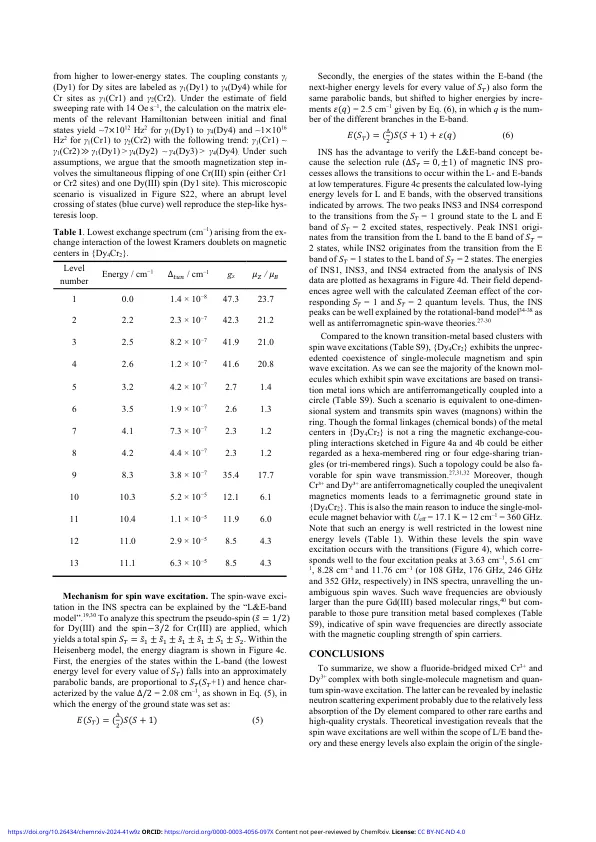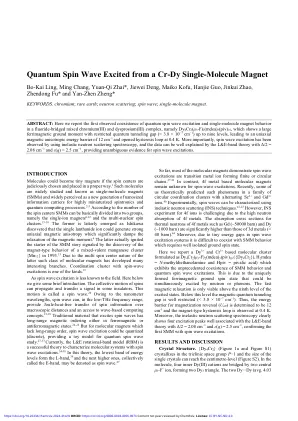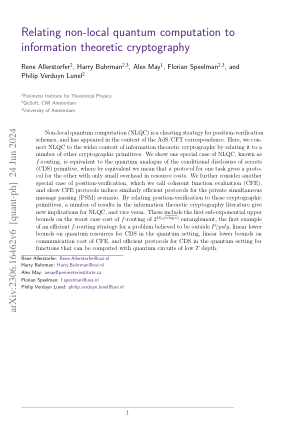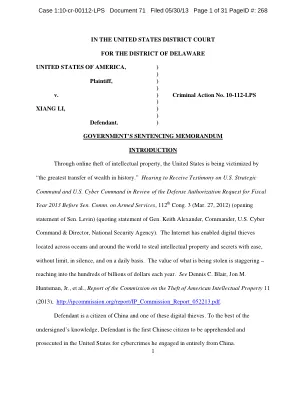INTRODUCTION Molecules could become tiny magnets if the spin centers are judiciously chosen and placed in a proper way. 1 Such molecules are widely studied and known as single-molecule magnets (SMMs) and widely perceived as a new generation of nanosized information carriers for highly miniaturized spintronics and quantum computing processors. 2-5 According to the number of the spin centers SMMs can be basically divided into two groups, namely the single-ion magnets 6-12 and the multi-nuclear spin clusters. 13-18 The former is latterly emerged as Ishikawa discovered that the single lanthanide ion could generate strong uniaxial magnetic anisotropy which significantly damps the relaxation of the magnetic moment. 6 The latter actually ignited the starter of the SMM story signaled by the discovery of the magnet-type behavior of a mixed-valent manganese cluster {Mn 12 } in 1993. 13 Due to the multi spin center nature of the latter such class of molecular magnets has developed many interesting branches. Coordination cluster with spin-wave excitations is one of the kinds. 19
quantum-spin-wave-excited-from-a-cr-dy-single-molecule- ...
